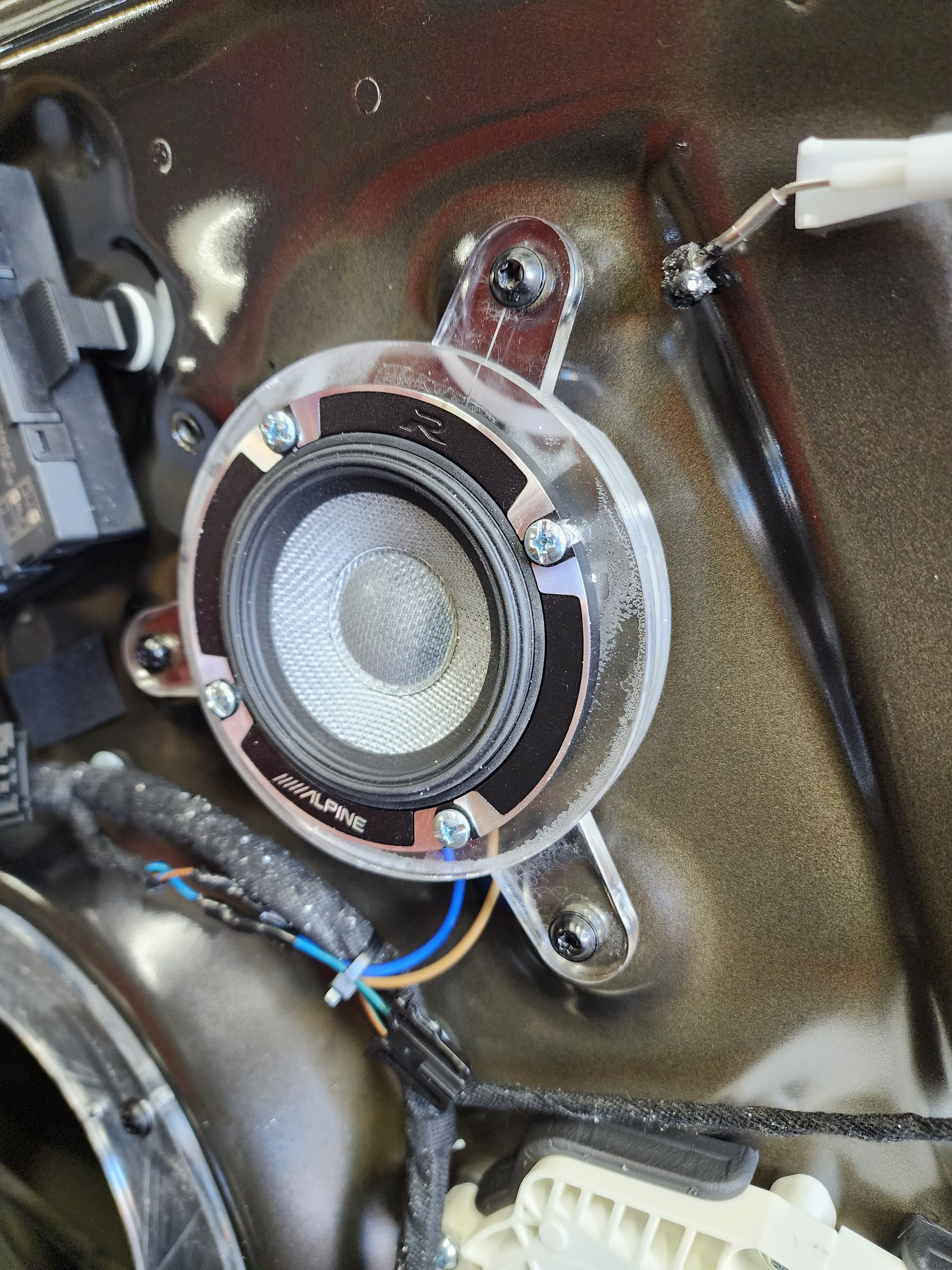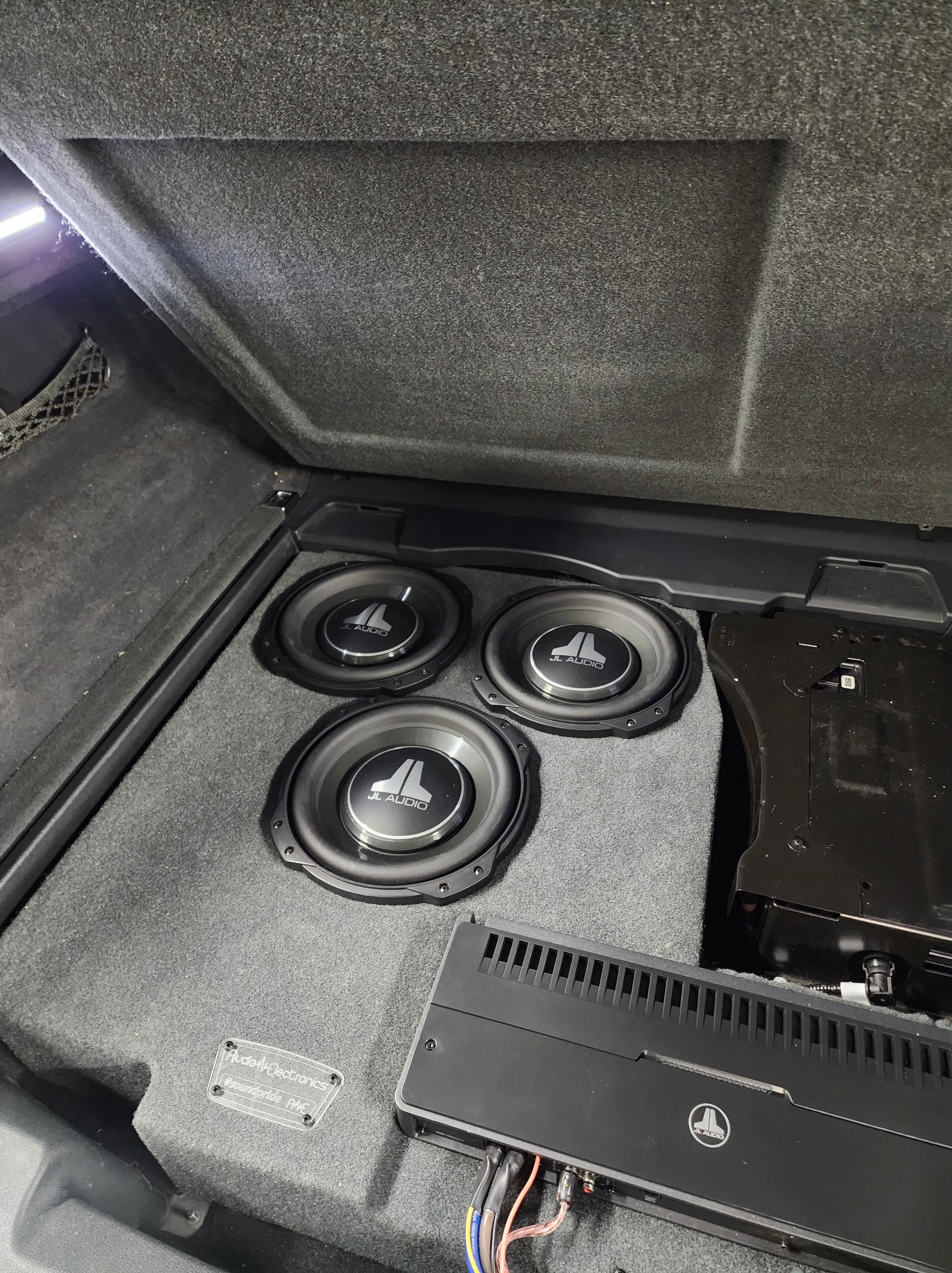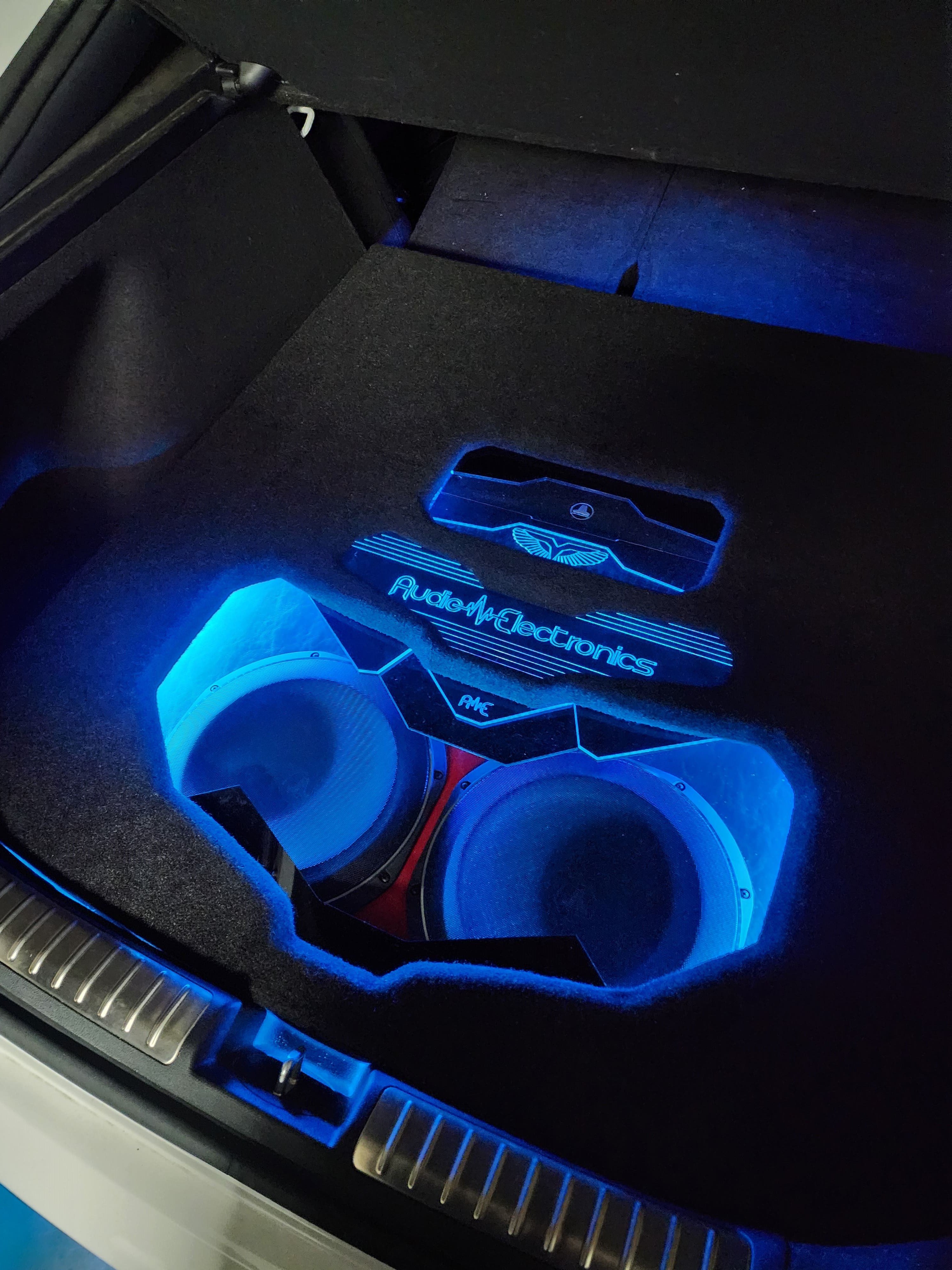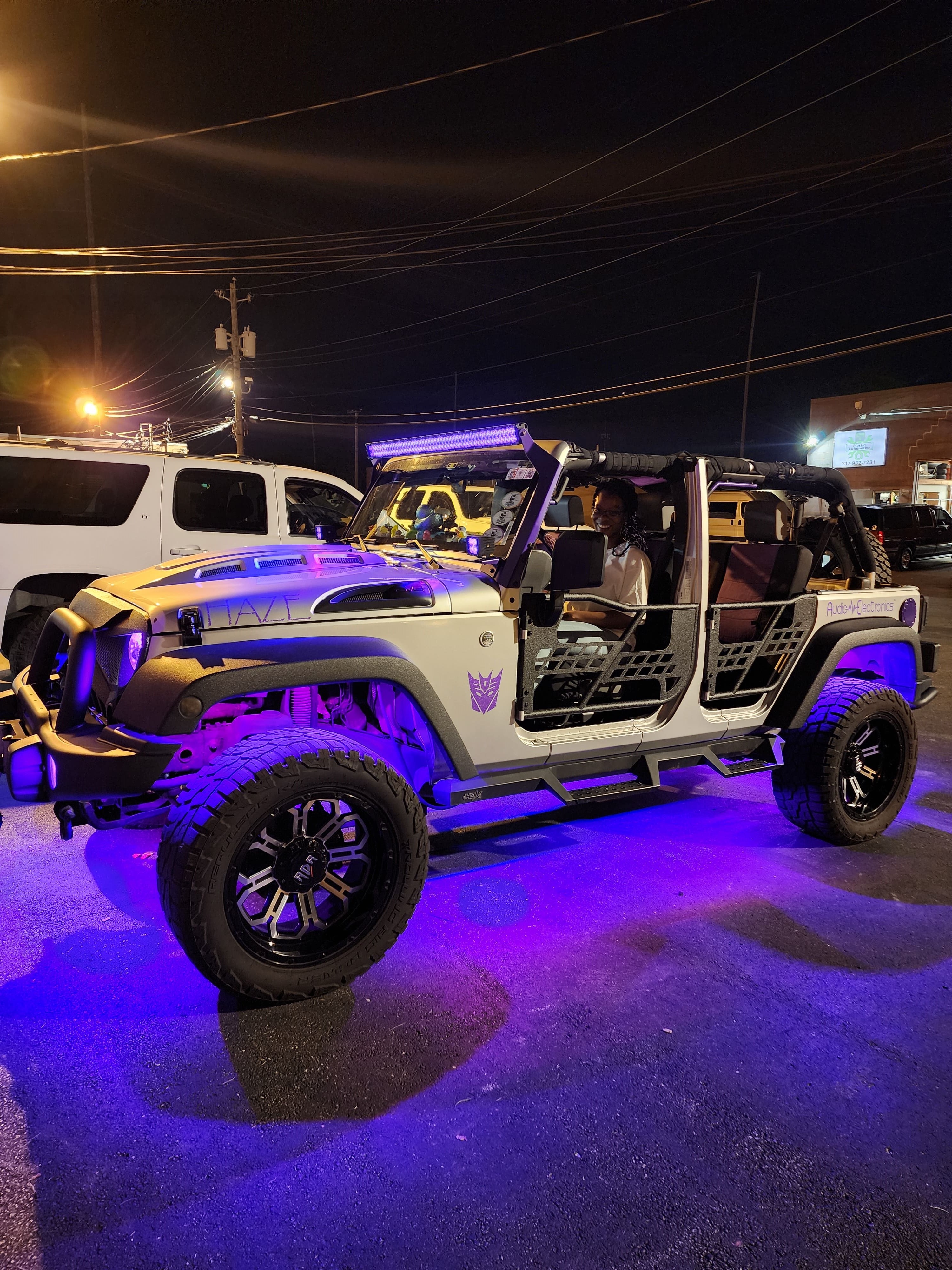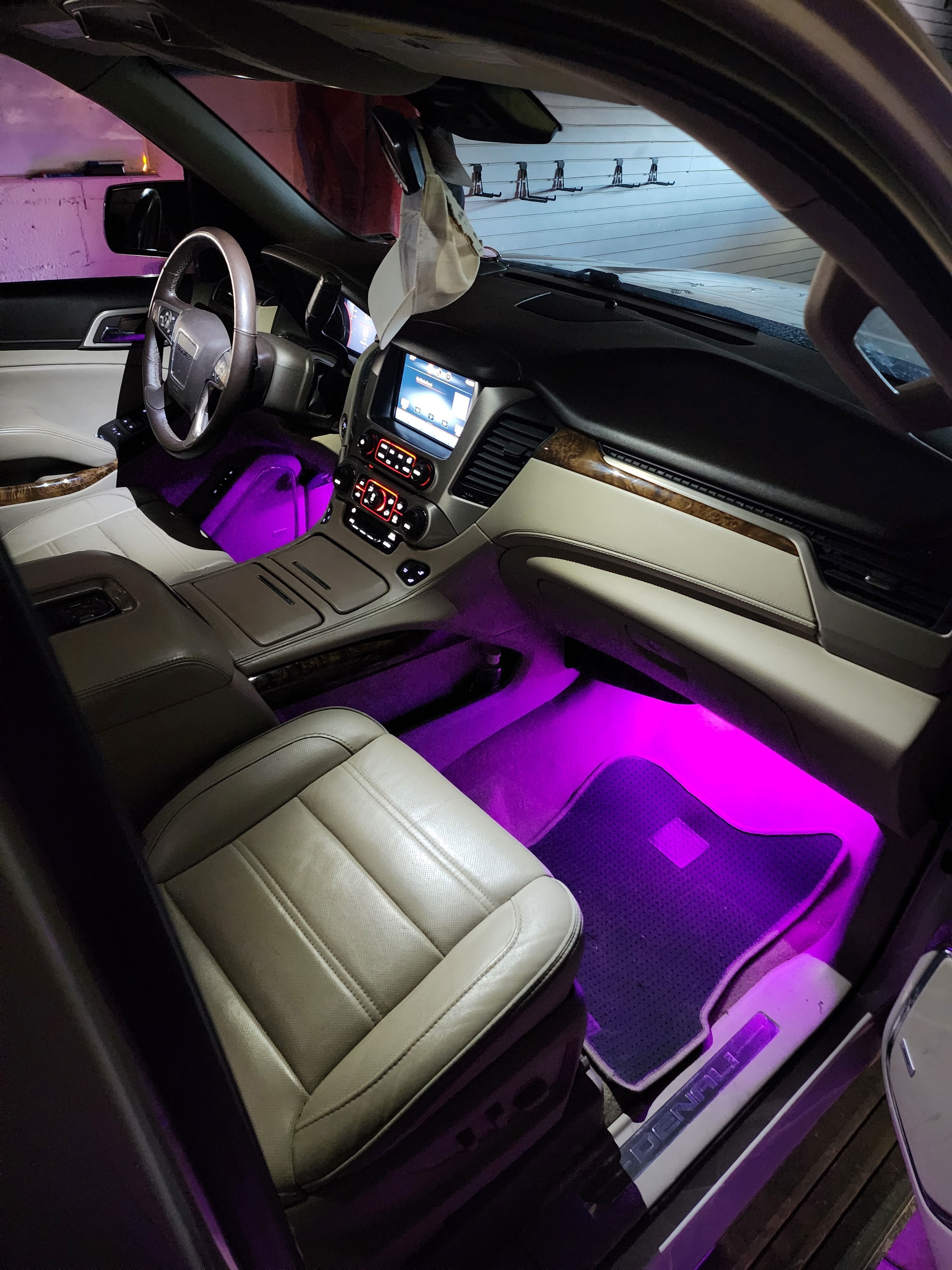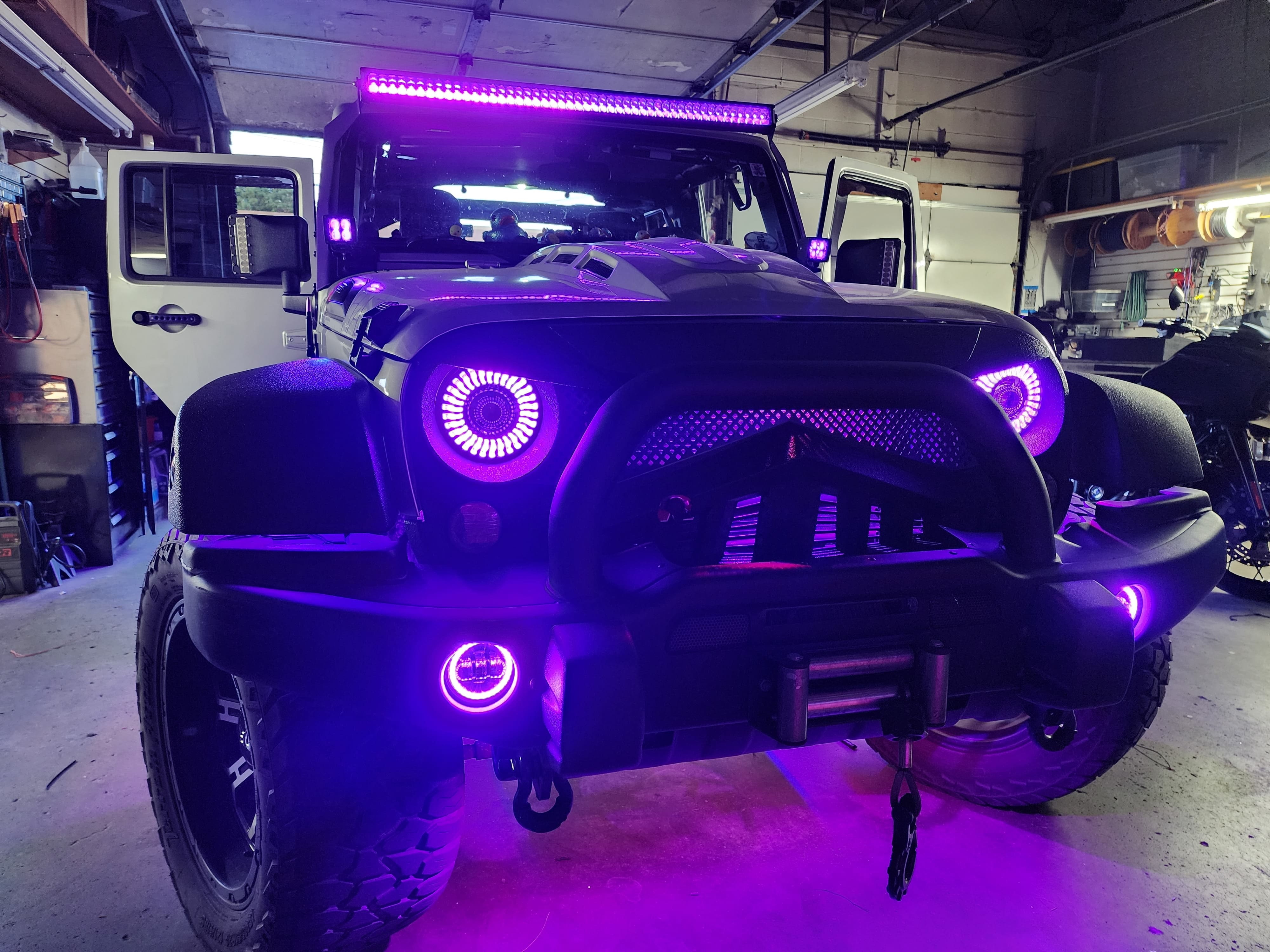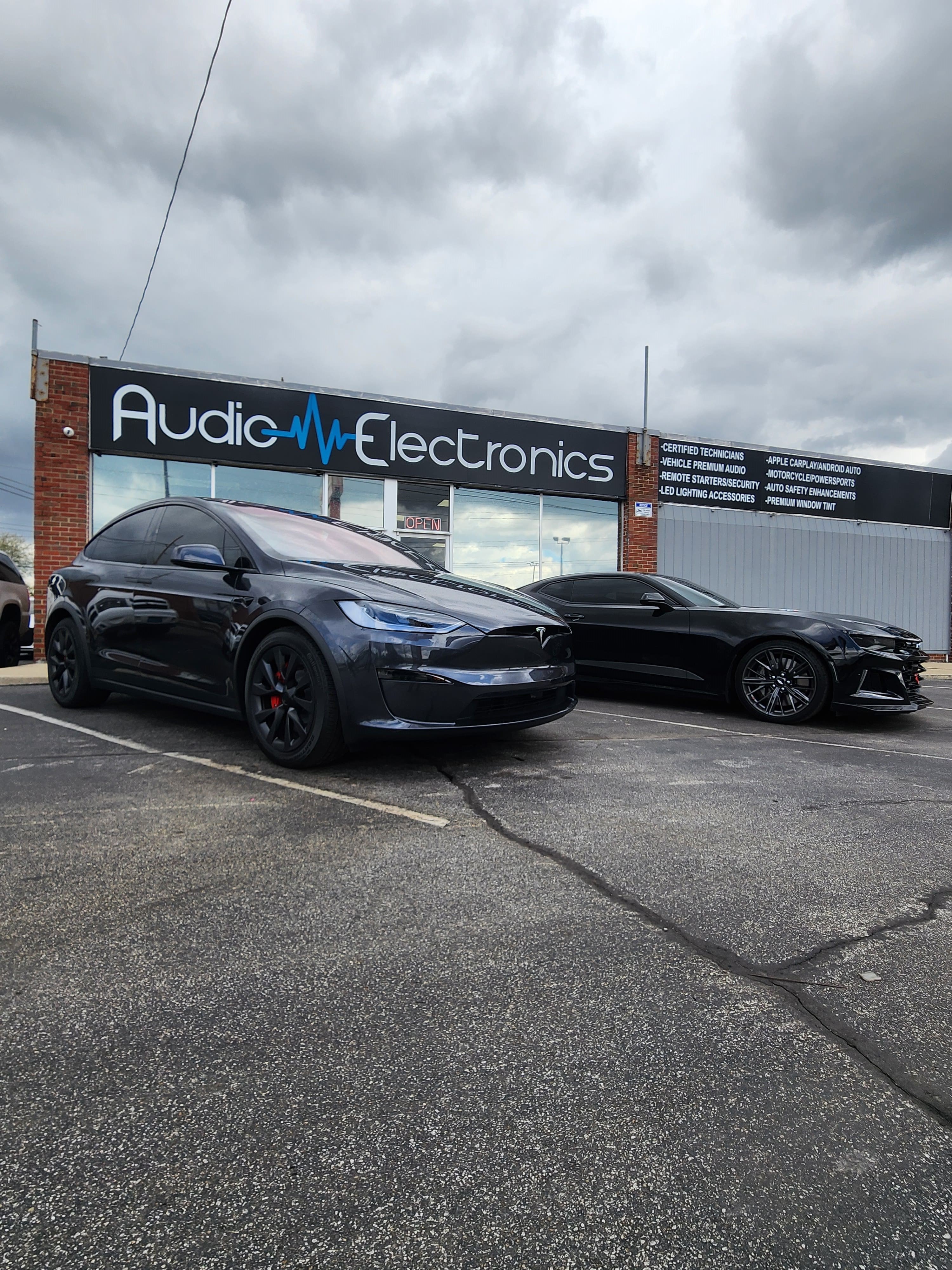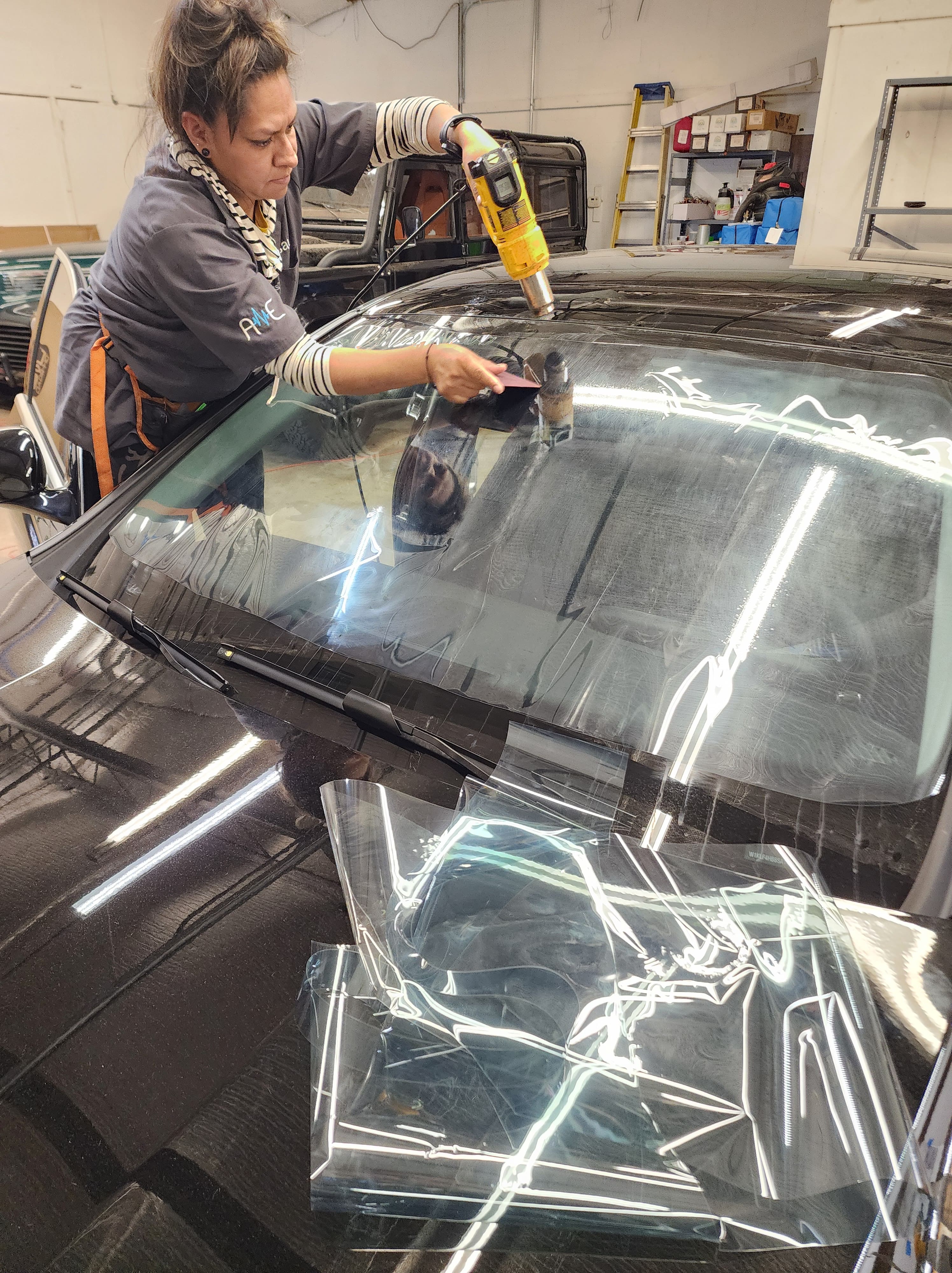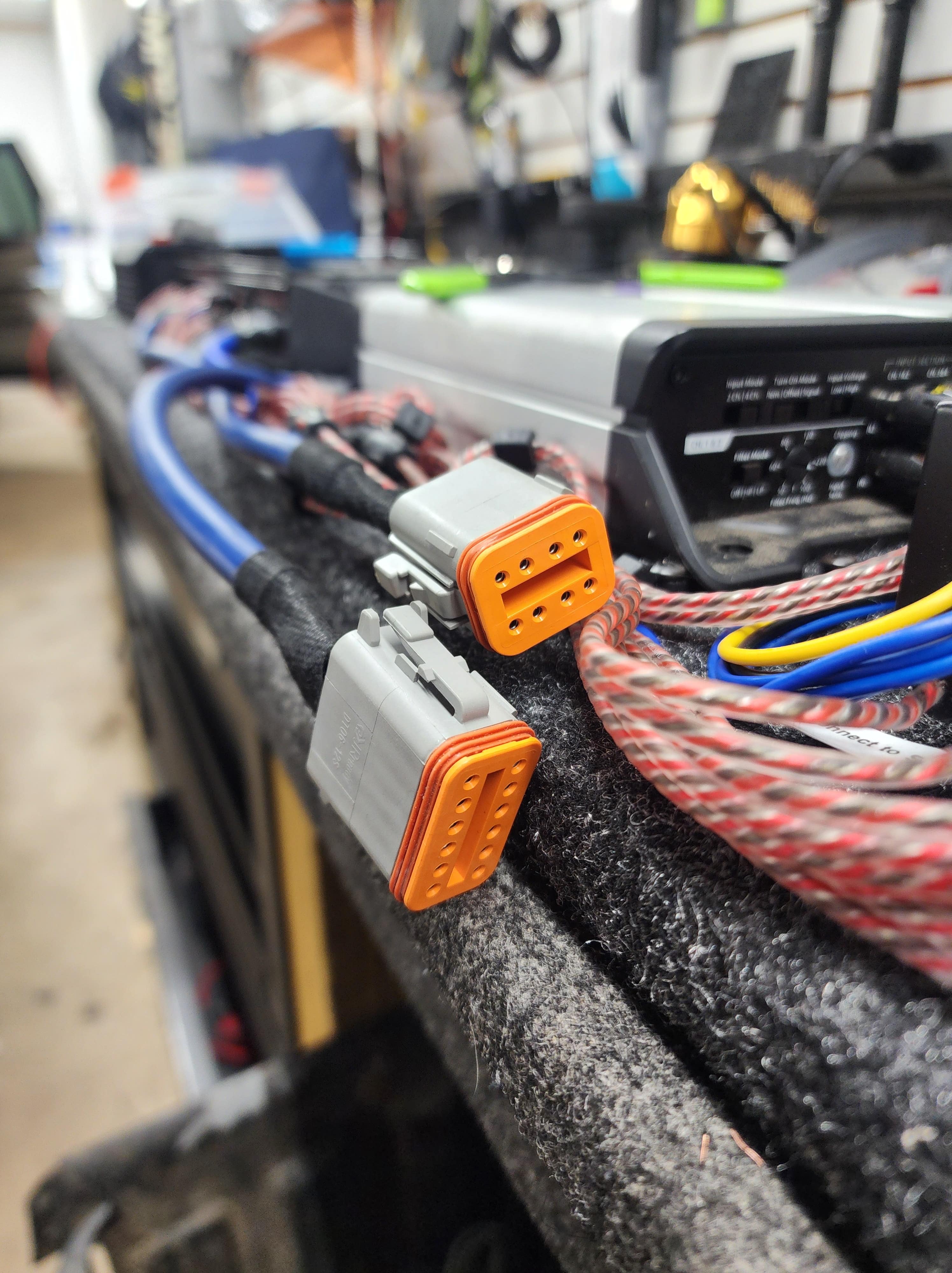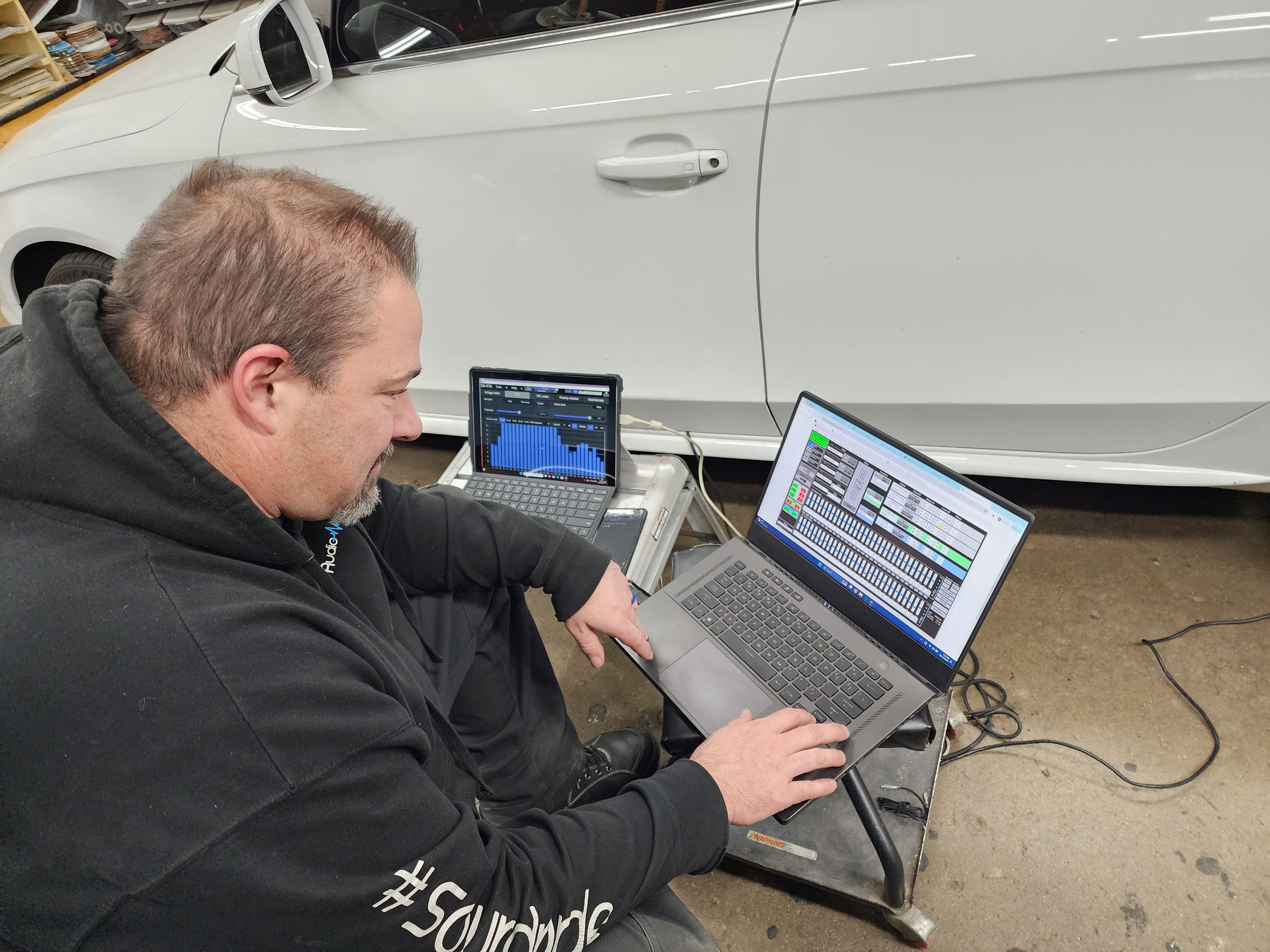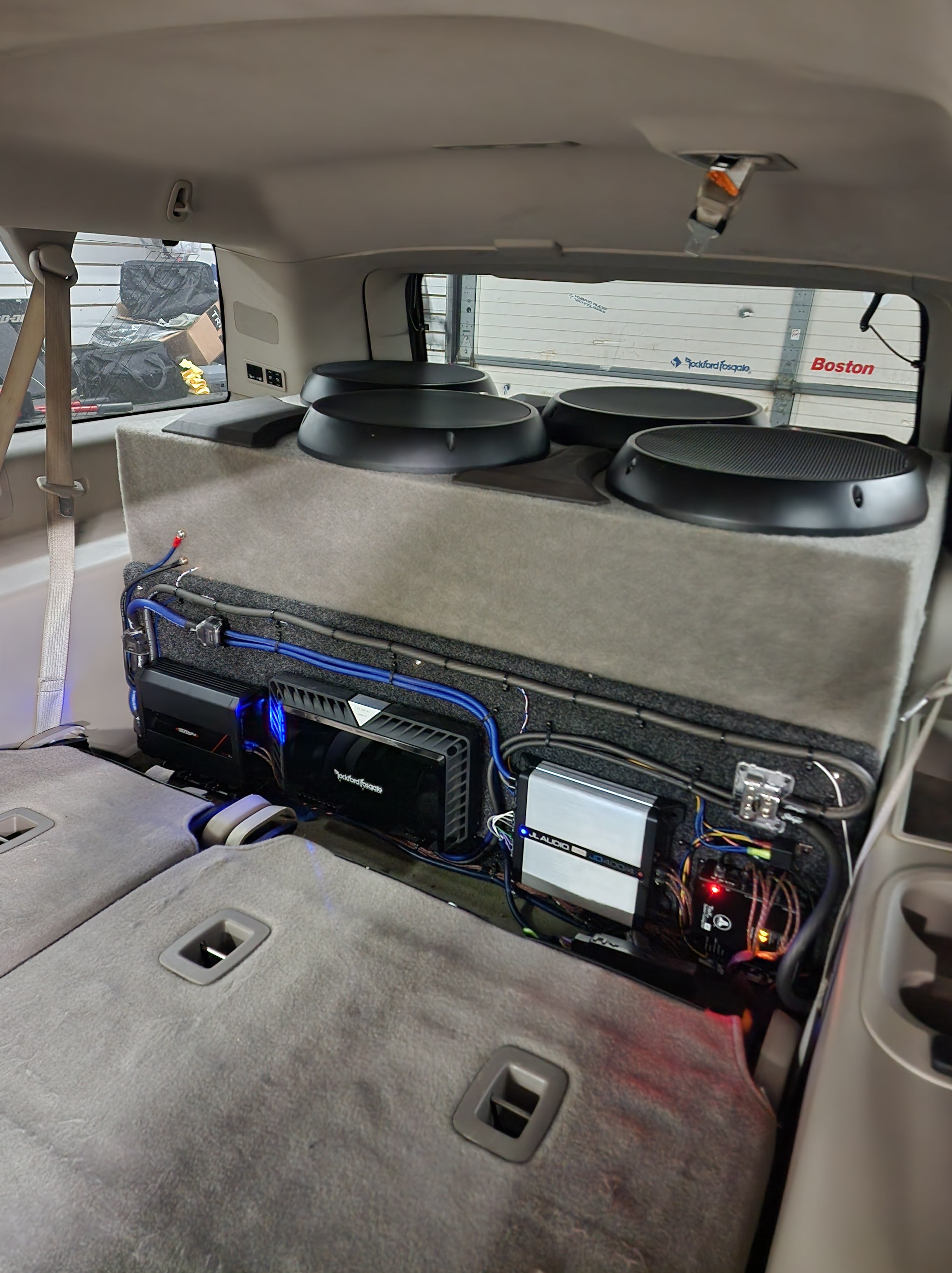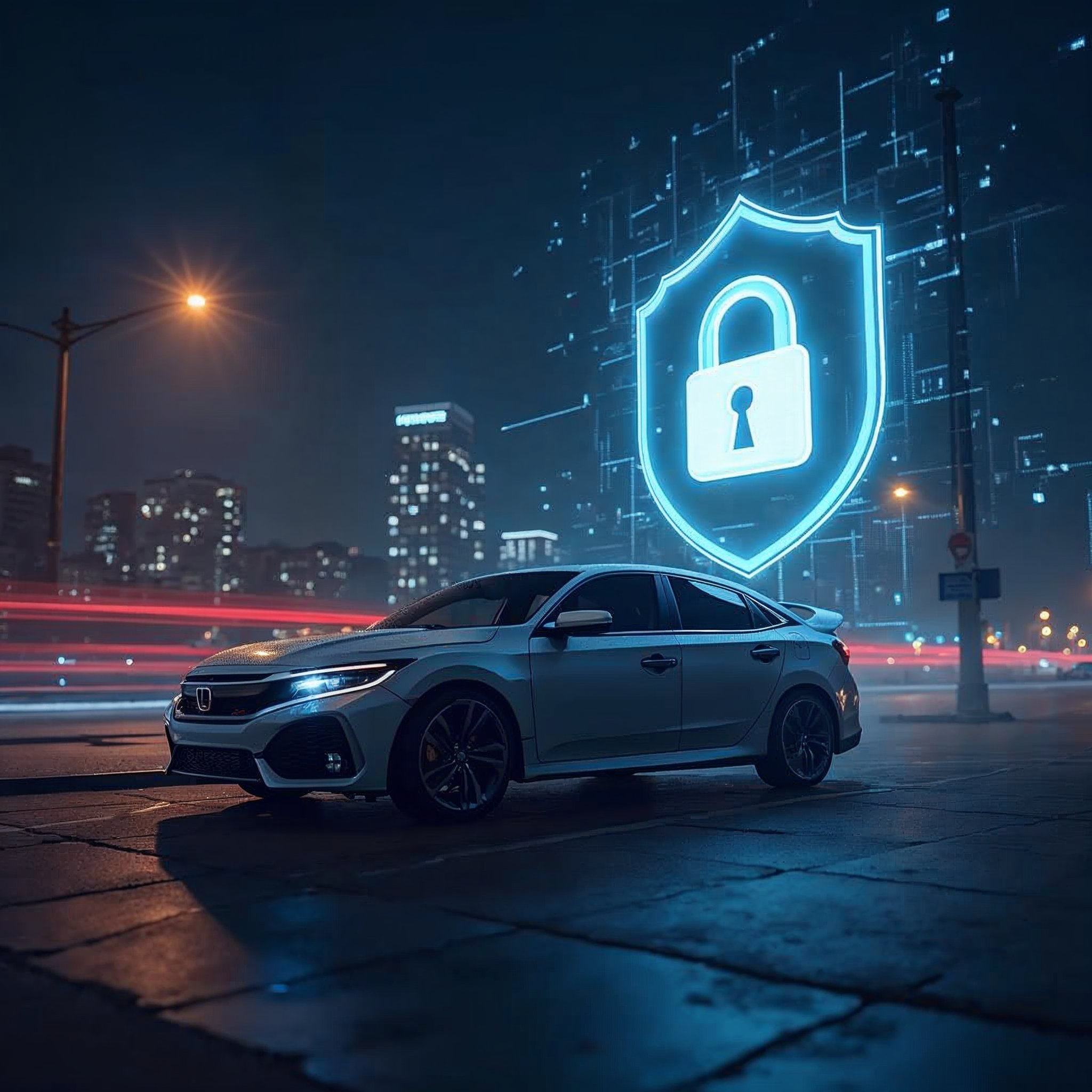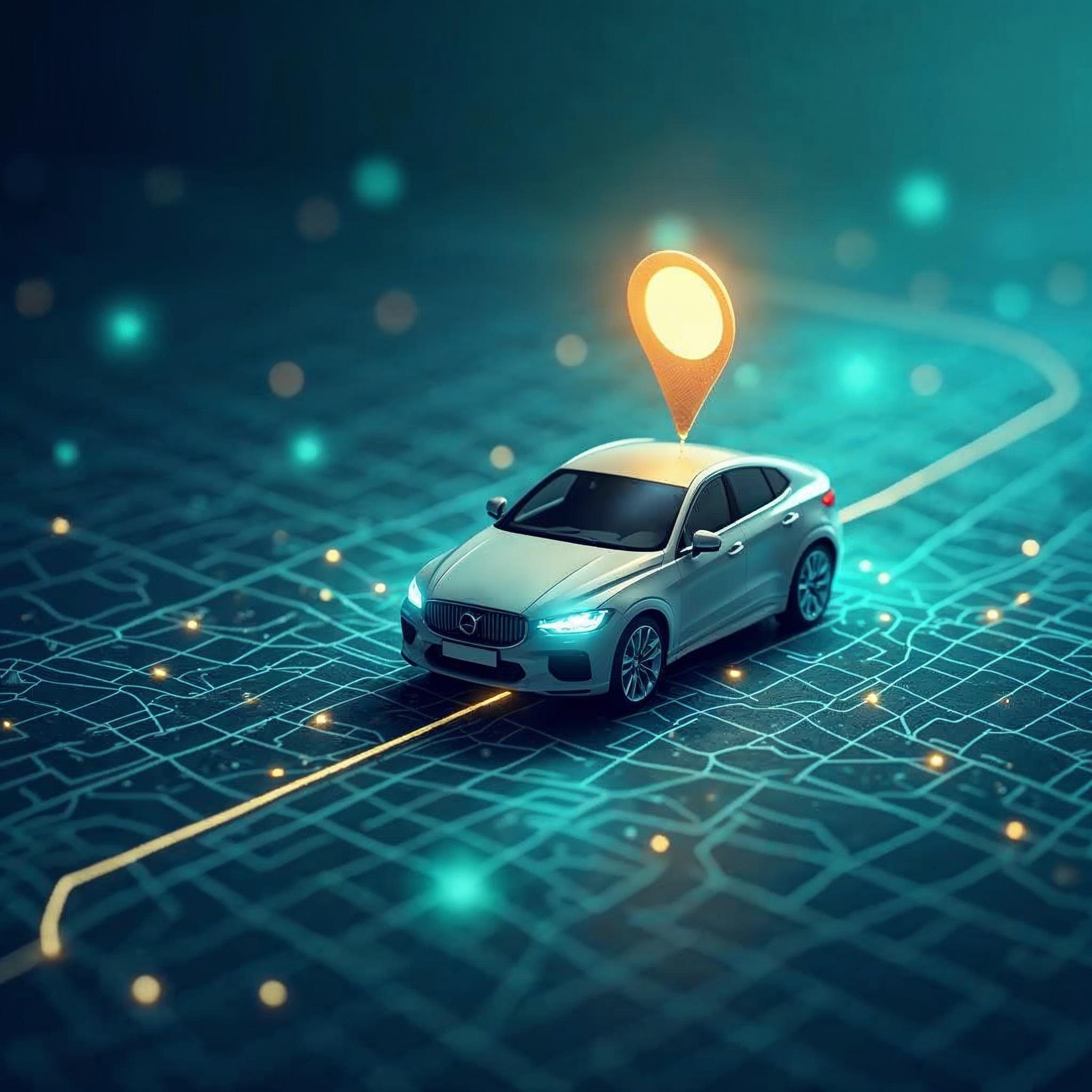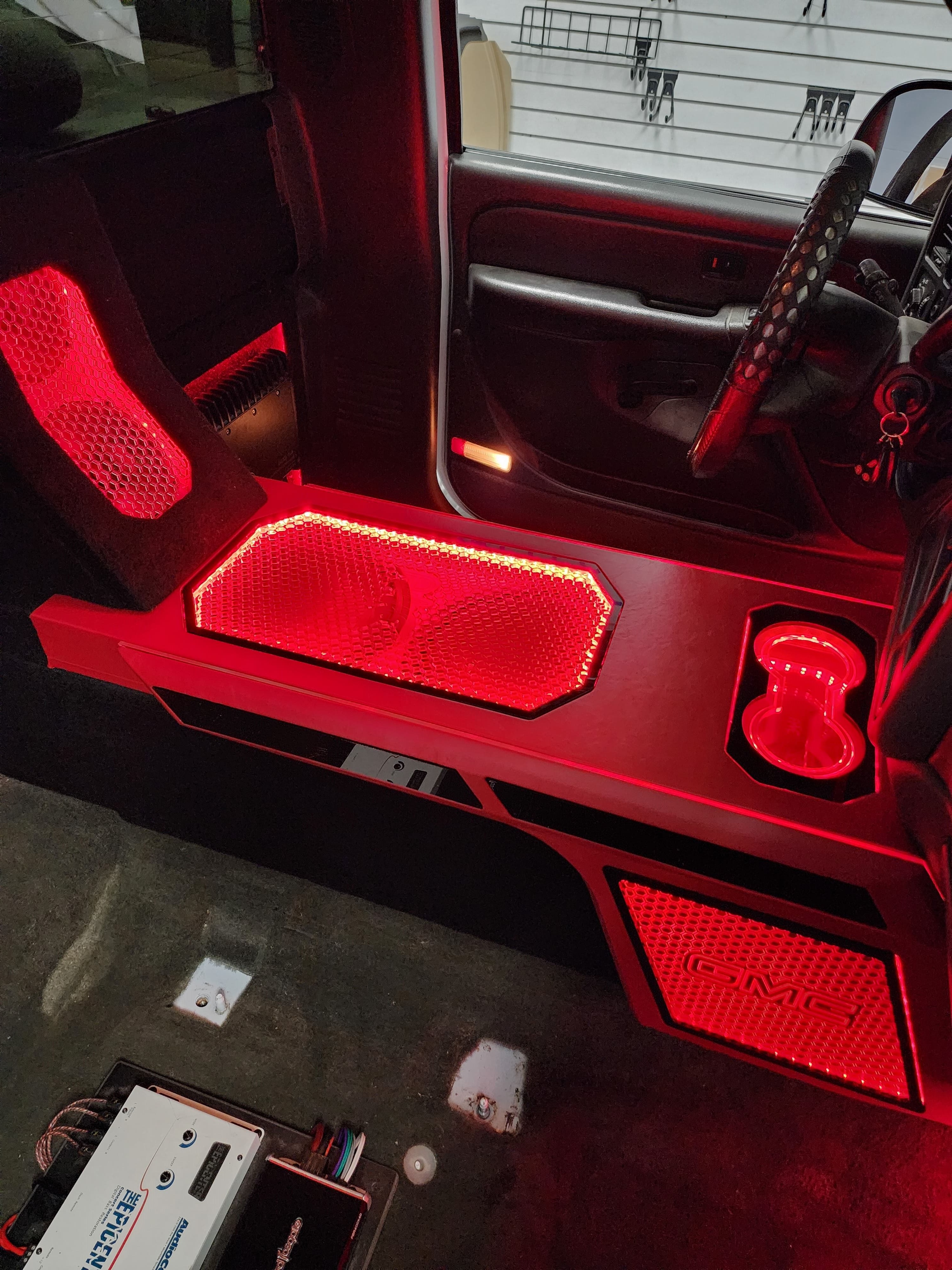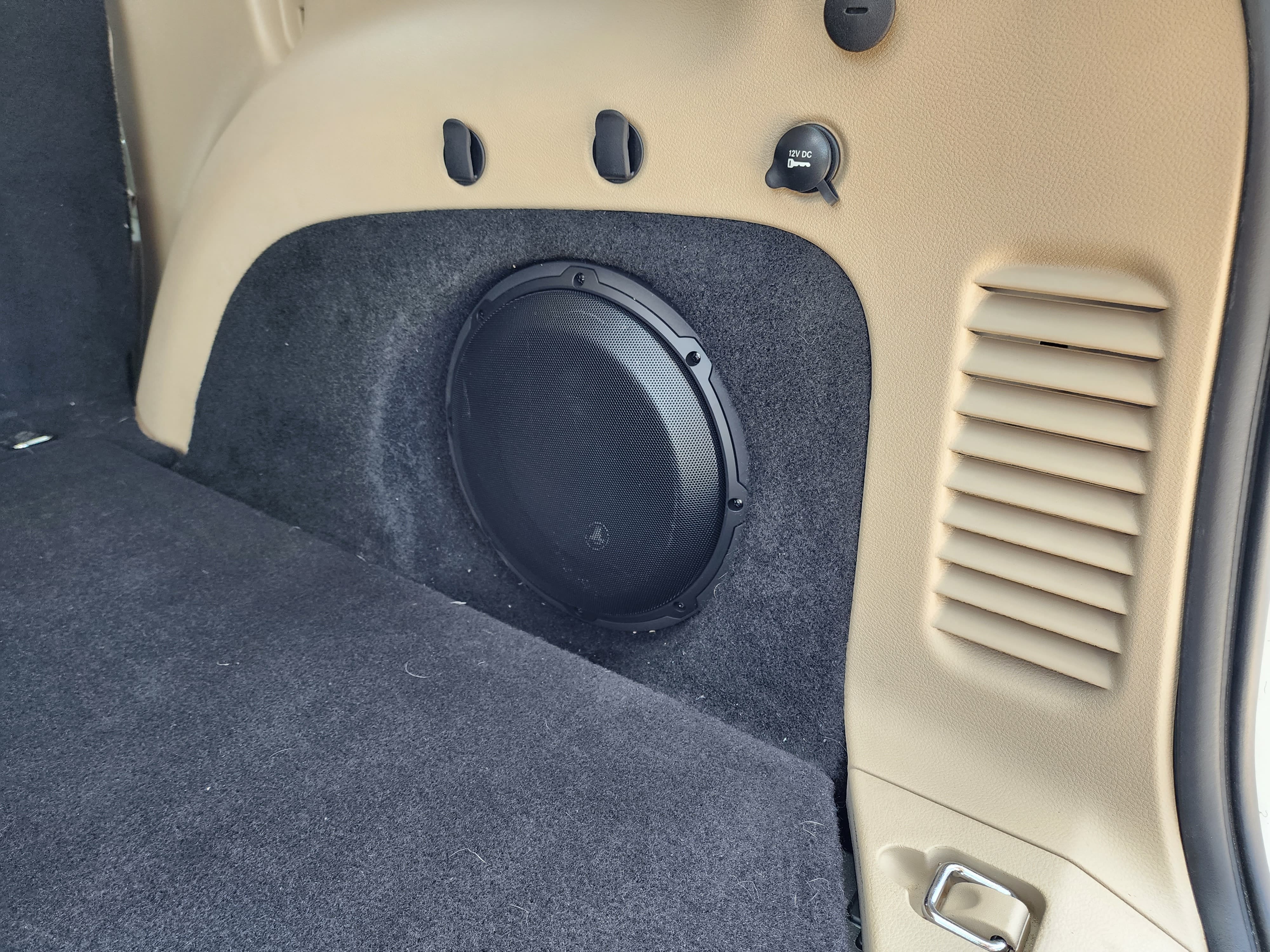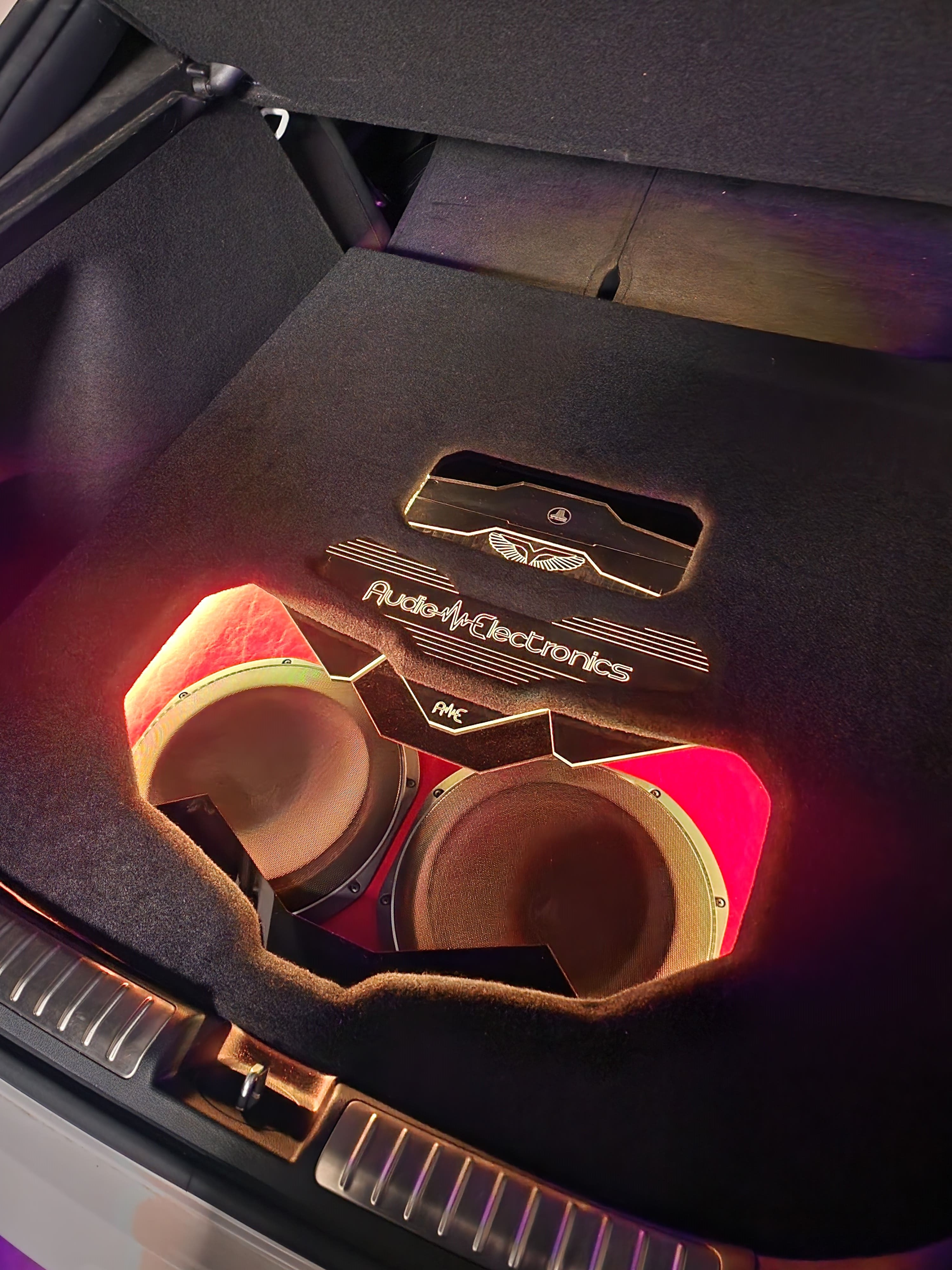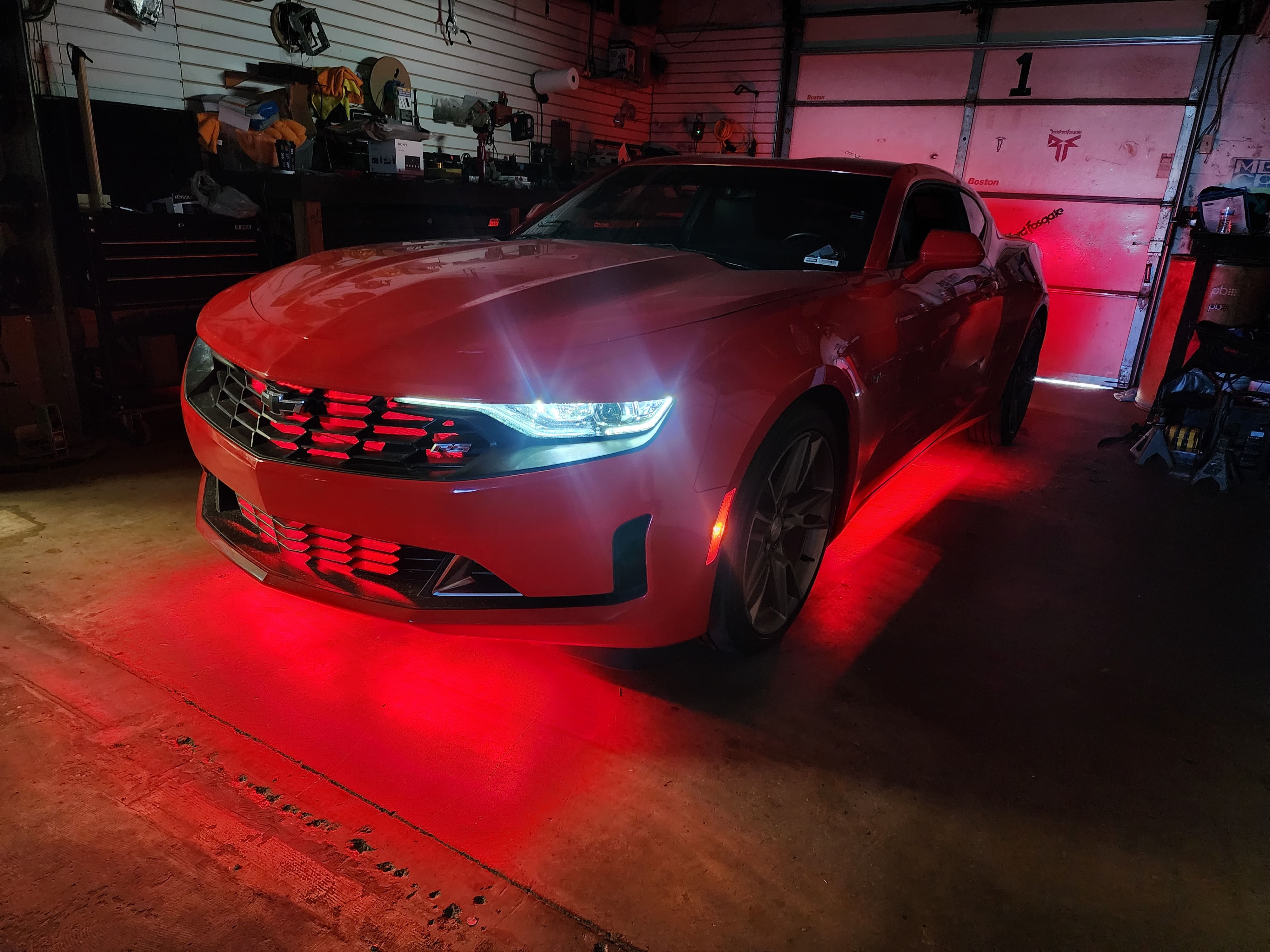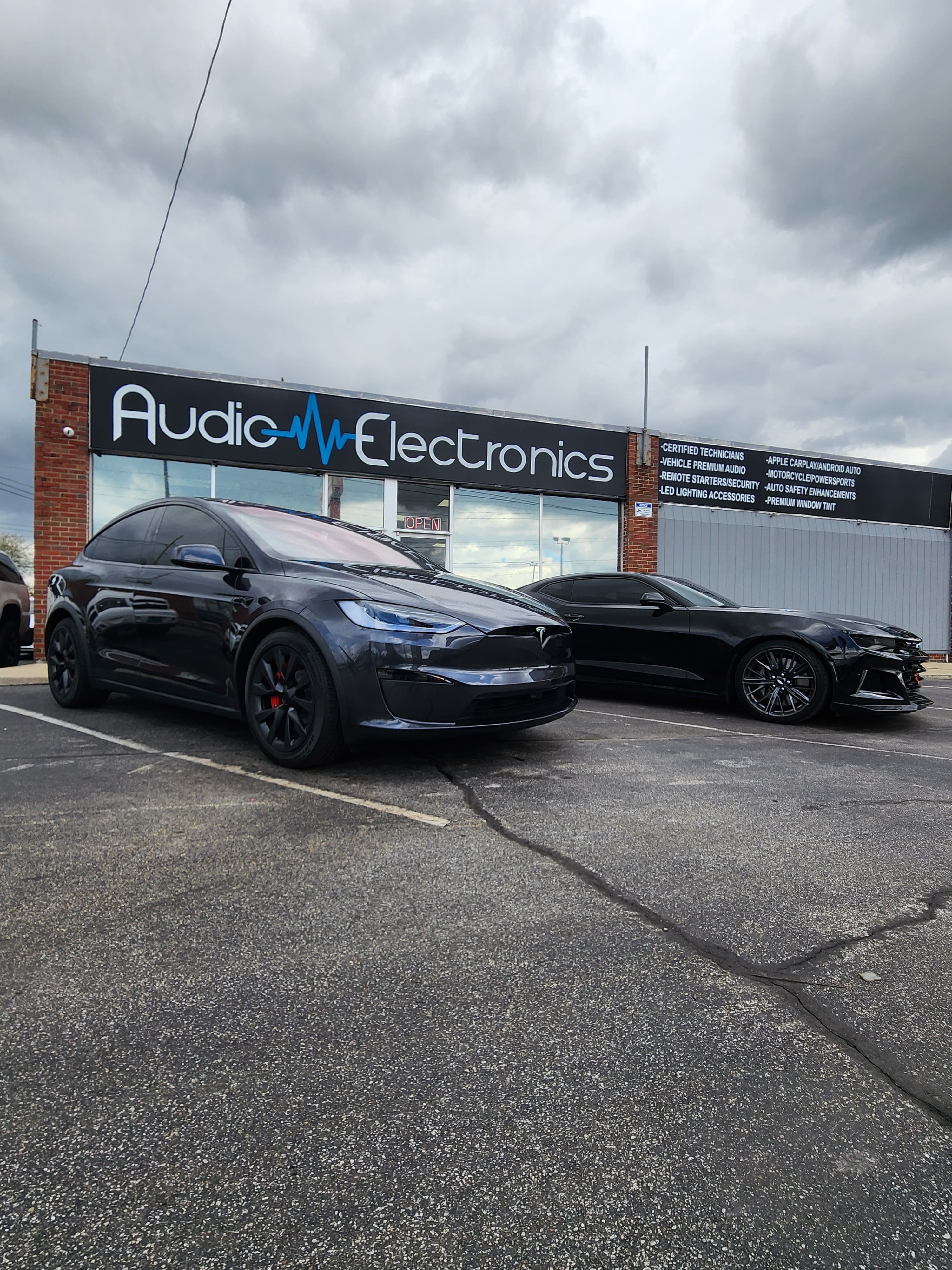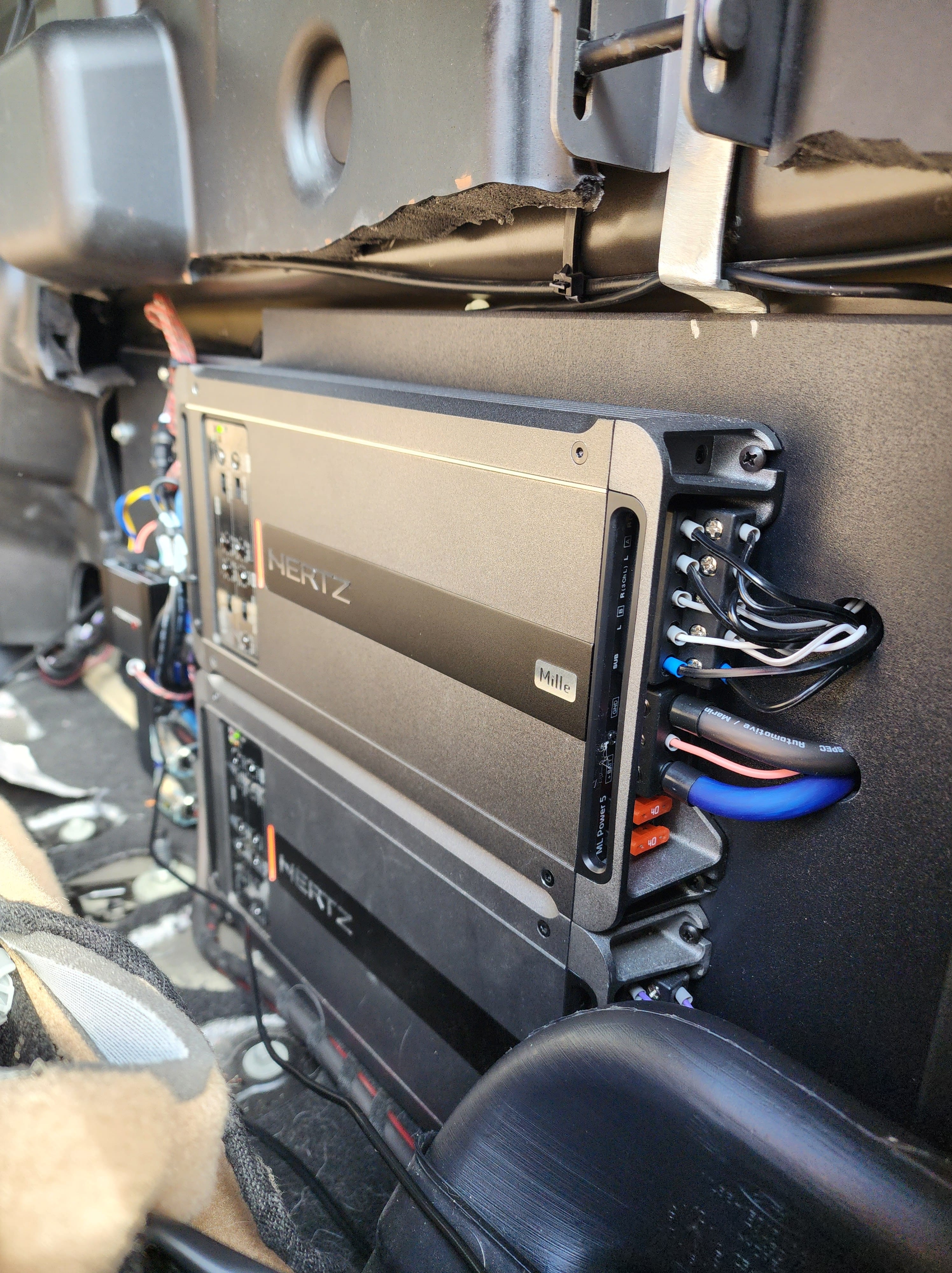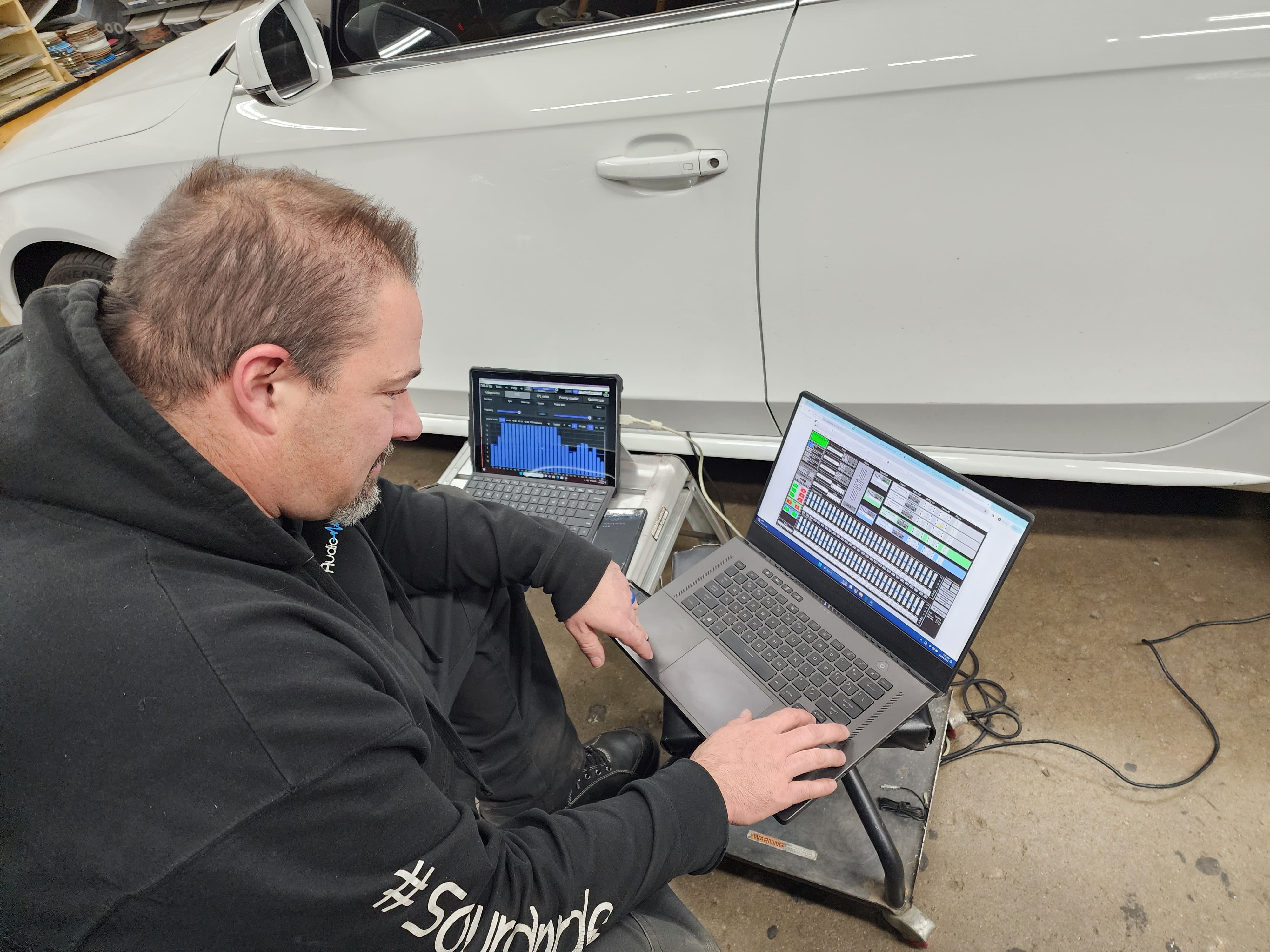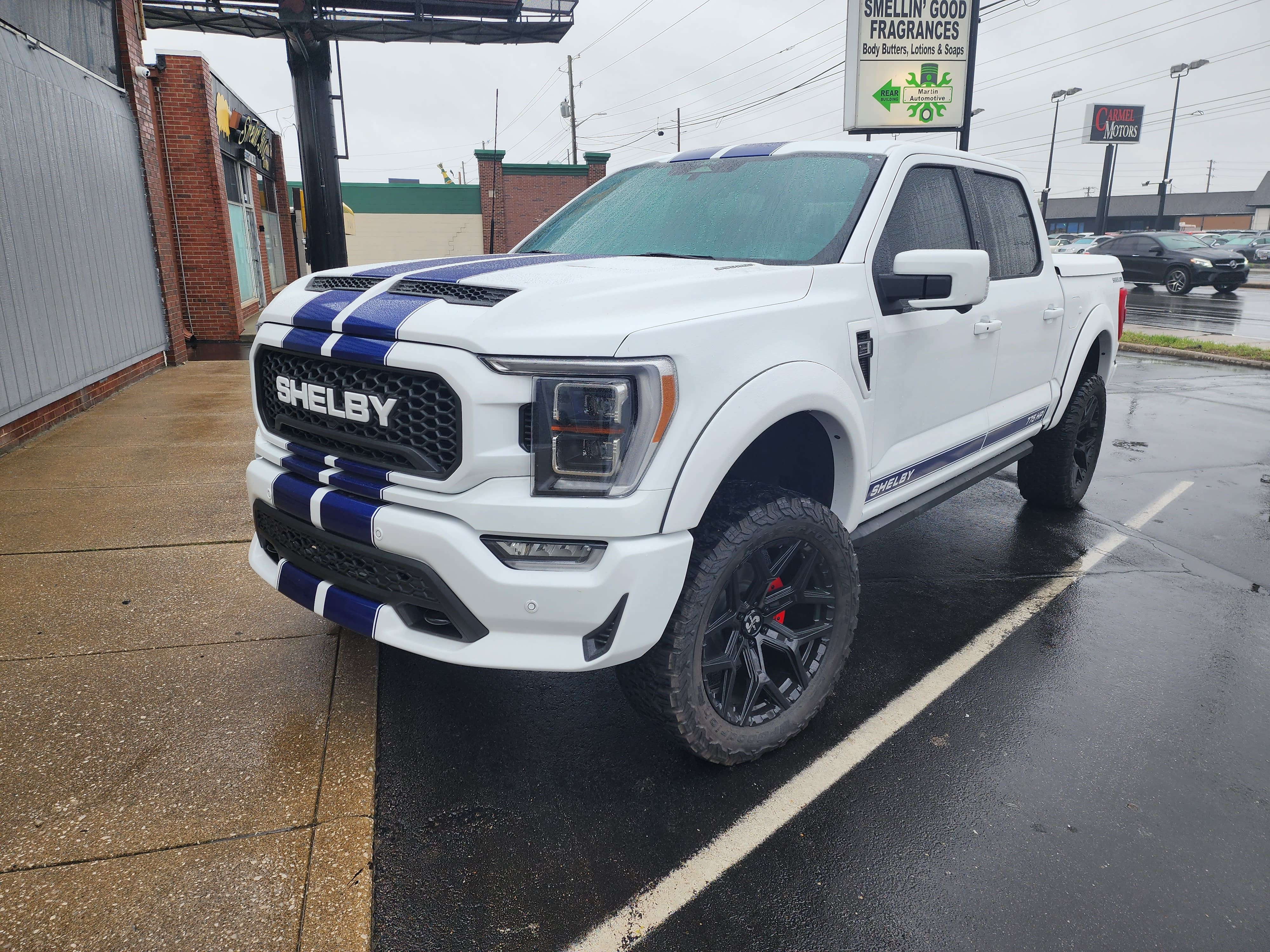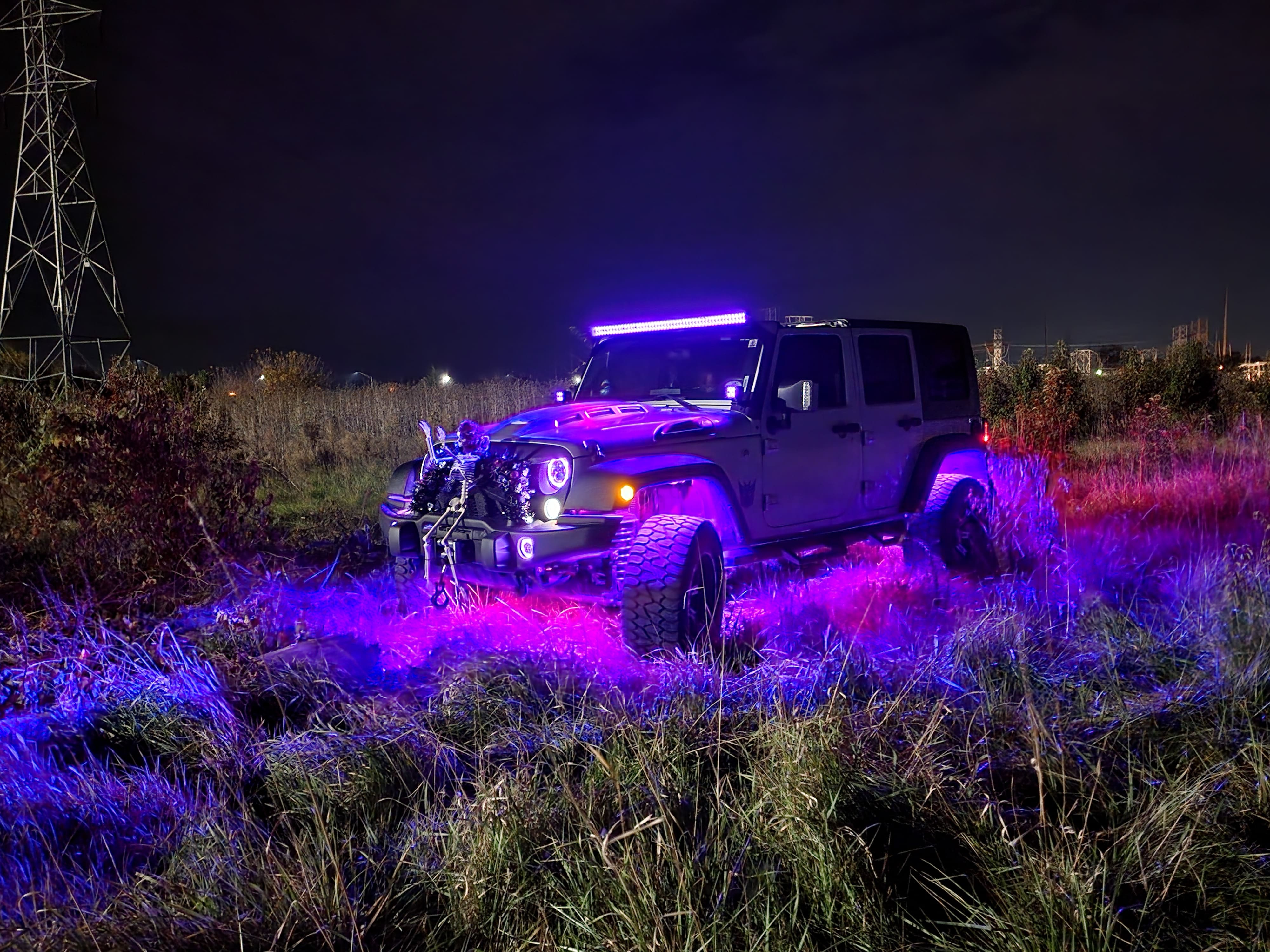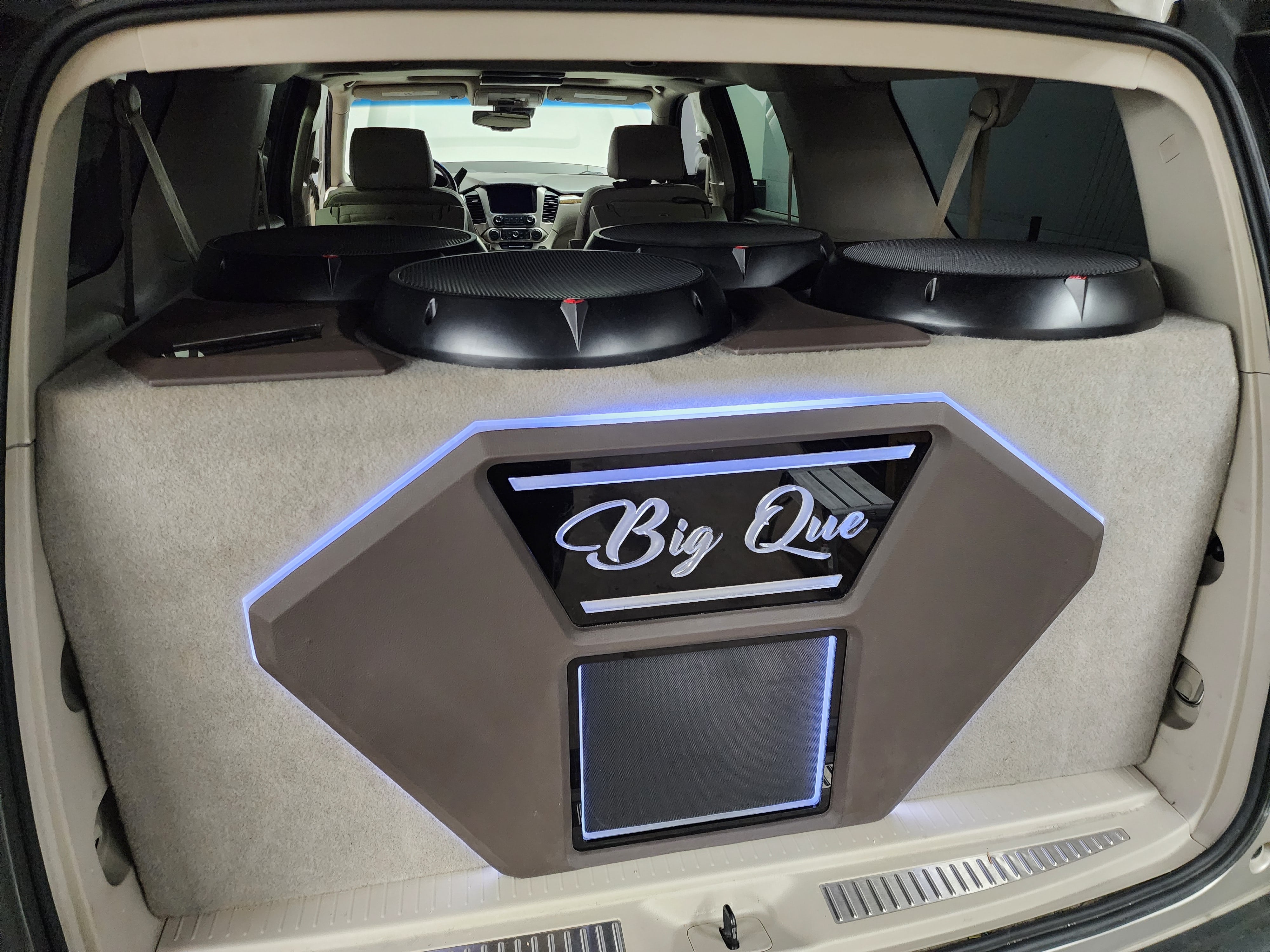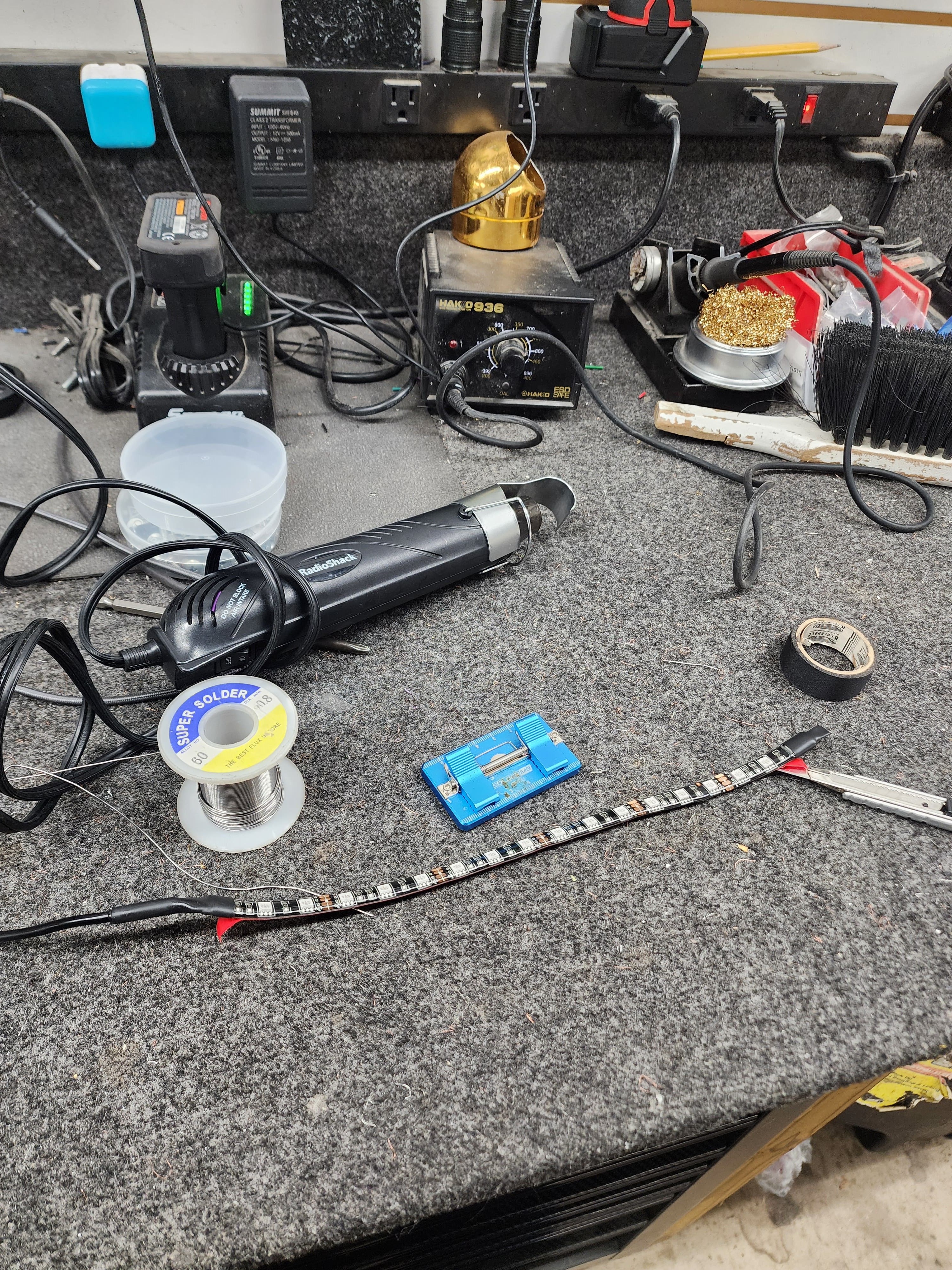Indianapolis Car Audio Consultation: Your Sound, Your Way
Expert Advice for Indianapolis Drivers: Custom Car Audio Solutions That Fit Your Style
Most drivers drown in endless car audio choices, leaving their sound just okay. You shouldn’t settle for that when your ride deserves a setup that matches your style and taste. With a car audio consultation Indianapolis drivers trust, you’ll get expert advice and custom solutions tailored just for you—plus a free quote and smooth installation. Let’s cut through the noise and find your perfect sound.
Understanding Car Audio Basics
What Makes a Great Car Audio System?
When you’re thinking about upgrading your car’s sound system, it helps to know what actually makes one system better than another. It’s not just about turning up the volume (though that’s fun too). A truly great car audio setup delivers clear, balanced sound that lets you hear every detail of your music, podcasts, or calls.
The basic components include:
-
Head unit (the receiver/stereo)
-
Speakers (door speakers, tweeters, etc.)
-
Amplifiers
-
Subwoofers
-
Sound processors
Each part plays a role in creating your ideal sound. During a car audio consultation Indianapolis specialists offer, they’ll explain how these parts work together and which upgrades will give you the biggest improvement for your budget.
Common Problems with Factory Systems
Factory audio systems have gotten better over the years, but they still have limitations:
-
Underpowered amplification
-
Basic speakers that can’t handle full range
-
Limited equalization options
-
Placement of speakers for convenience, not sound quality
-
Restricted bass response
Many drivers don’t realize how much better their music could sound until they hear it through a properly set up system. That’s why getting expert advice is so valuable before making any changes.
Finding Your Perfect Sound Profile
Matching Audio to Your Music Preferences
Do you mainly listen to bass-heavy hip-hop? Crystal clear classical? Guitar-driven rock? Your music preferences should guide your audio system choices.
For bass lovers, investing in quality subwoofers and the right enclosure makes a huge difference. If you’re into vocal-heavy music or podcasts, mid-range clarity might be your priority. During your car audio consultation Indianapolis experts will ask about what you listen to most often.
They might ask questions like:
-
What artists do you play most often?
-
Do you prefer strong bass or clear vocals?
-
How loud do you typically play your music?
-
Do you listen to a variety of genres or focus on one style?
Your answers help create a custom solution that makes your favorite music sound its best.
Balancing Sound Quality and Budget
You don’t need to spend thousands for great sound. A knowledgeable consultant provides expert advice on where to invest for the biggest impact. Sometimes, replacing just the door speakers can transform your listening experience. Other times, adding a small amplifier makes everything sound clearer without breaking the bank.
Be upfront about your budget during your consultation. This allows the specialist to create a plan that might include:
-
Immediate improvements within your current budget
-
Suggestions for future upgrades
-
Options at different price points
Many shops offer financing options too, making it easier to get the system you want with payments you can handle.
The Consultation Process
What to Expect at Your First Appointment
When you schedule a car audio consultation Indianapolis specialists typically start with a conversation about your goals. They’ll want to know:
-
What you like/dislike about your current system
-
Your vehicle make, model, and year
-
How you use your vehicle (commuting, road trips, etc.)
-
Any specific features you’re interested in
Next, they’ll likely inspect your vehicle to understand what you’re working with and what modifications might be needed. This helps them provide accurate recommendations and a free quote for the work.
Good consultants listen more than they talk at first, really trying to understand what you want before suggesting solutions.
Bringing Your Vehicle In: Preparation Tips
To get the most from your consultation:
-
Make a list of questions beforehand
-
Bring examples of music you commonly listen to
-
Clean out your car (at least the front area)
-
Know your vehicle’s make, model, year, and trim level
-
Be ready to describe what you like and don’t like about your current sound
Some people find it helpful to record a video of their current system’s sound quality on their phone. This gives the consultant a better idea of what issues you’re experiencing.
Custom Solutions for Every Driver
Beyond One-Size-Fits-All Packages
The beauty of seeking expert advice through a car audio consultation Indianapolis shops provide is avoiding generic “packages” that might not suit your needs. Custom solutions take into account:
-
Your vehicle’s specific acoustics
-
Available space for components
-
Your listening preferences
-
How you use your vehicle
-
Your budget constraints
For example, a compact car with limited space might benefit from slim subwoofers and compact amplifiers, while an SUV owner might have room for a more elaborate setup.
Integration with Modern Technology
Today’s car audio goes beyond just playing CDs or radio. Your consultant can help with:
-
Smartphone integration
-
Bluetooth connectivity
-
Hands-free calling systems
-
Navigation integration
-
Backup camera installation
-
Streaming service compatibility
Many drivers want these modern features while keeping their car’s original look. A good consultant can suggest hidden installations and factory-look upgrades that add functionality without changing your dashboard’s appearance.
The Installation Process
Professional vs. DIY Installation
While some basic upgrades can be DIY projects, most significant audio improvements benefit from professional installation. Here’s why:
-
Professionals have specialized tools and testing equipment
-
They know how to access panels without breaking clips or damaging trim
-
They can properly run wiring to avoid electrical interference
-
They understand proper grounding to prevent noise issues
-
They can tune the system for optimal performance
During your car audio consultation Indianapolis technicians can explain which parts of the process are DIY-friendly and which are best left to pros.
What Happens During Professional Installation
When you choose professional installation, expect:
-
Scheduled appointment time (typically ranging from a few hours to a full day)
-
Careful removal of interior panels and existing equipment
-
Professional wiring installation
-
Secure mounting of all components
-
Testing and tuning of the system
-
Demonstration of all features before you leave
Many shops offer warranties on both parts and labor, giving you peace of mind that your investment is protected.
Making the Most of Your New System
System Break-In and Maintenance
Like a new pair of shoes, audio components often need a “break-in” period before they perform their best. Your consultant can provide expert advice on:
-
How long to expect the break-in period to last
-
Volume levels to maintain during break-in
-
Maintenance tips to extend component life
-
Cleaning recommendations for touchscreens and controls
Simple maintenance like keeping your head unit clean and avoiding extreme volume levels can help your system sound great for years.
Troubleshooting Common Issues
Even the best systems occasionally have issues. After installation, your car audio specialist should provide guidance on common troubleshooting steps for:
-
Bluetooth connection problems
-
Audio balance or fader adjustments
-
Preset programming
-
Equalizer settings
-
What to do if you hear unusual sounds
Many shops include a follow-up period where you can return for minor adjustments or questions at no extra cost.
Why Indianapolis Drivers Choose Professional Consultations
The Value of Local Expertise
Working with local experts who understand Indianapolis driving conditions brings several benefits:
-
Knowledge of which systems perform well in local weather extremes
-
Understanding of common vehicle types in the area
-
Availability for in-person follow-up service
-
Support for local business
-
Building relationships with people who know your vehicle
Local specialists often have connections with other automotive services too, in case you need related work done.
Customer Success Stories
Indianapolis drivers have transformed their daily commutes and road trips with custom audio solutions. From the business executive who can now take crystal-clear calls through his system to the music lover who hears details in her favorite songs she never noticed before, the right audio setup makes driving more enjoyable.
Many customers report that their car audio consultation Indianapolis experts provided led to systems that:
-
Made their commute more enjoyable
-
Reduced listening fatigue on long drives
-
Improved hands-free call clarity
-
Provided better navigation guidance
-
Made their vehicle feel more personalized
Getting Started: Your Next Steps
Scheduling Your Consultation
Ready to improve your driving experience? Scheduling a car audio consultation Indianapolis specialists offer is simple:
-
Call or visit the website of a reputable car audio shop
-
Request a consultation appointment
-
Be prepared to provide your vehicle information
-
Ask if they offer a free quote (most do)
-
Confirm what you should bring to the appointment
Many shops have evening or weekend availability for working professionals.
Questions to Ask Your Consultant
To get the most from your consultation, consider asking:
-
What brands do you recommend and why?
-
Can I keep my factory look but improve the sound?
-
What’s the installation timeframe?
-
Do you offer warranties on parts and labor?
-
Can I upgrade in stages if I can’t do everything at once?
-
What’s the best value upgrade for my specific situation?
-
Do you have examples of similar vehicles you’ve worked on?
A good consultant welcomes these questions and provides clear, non-technical answers.

